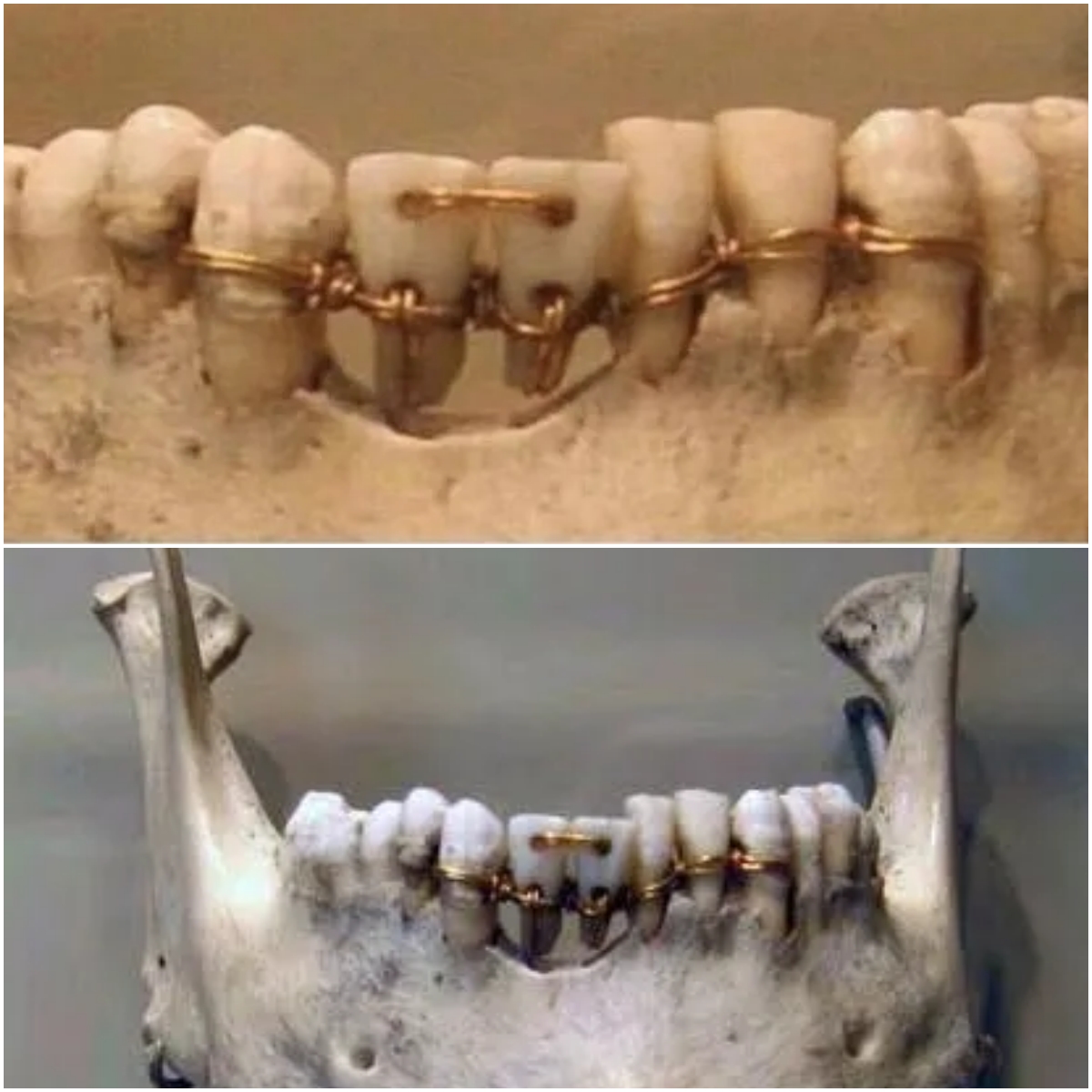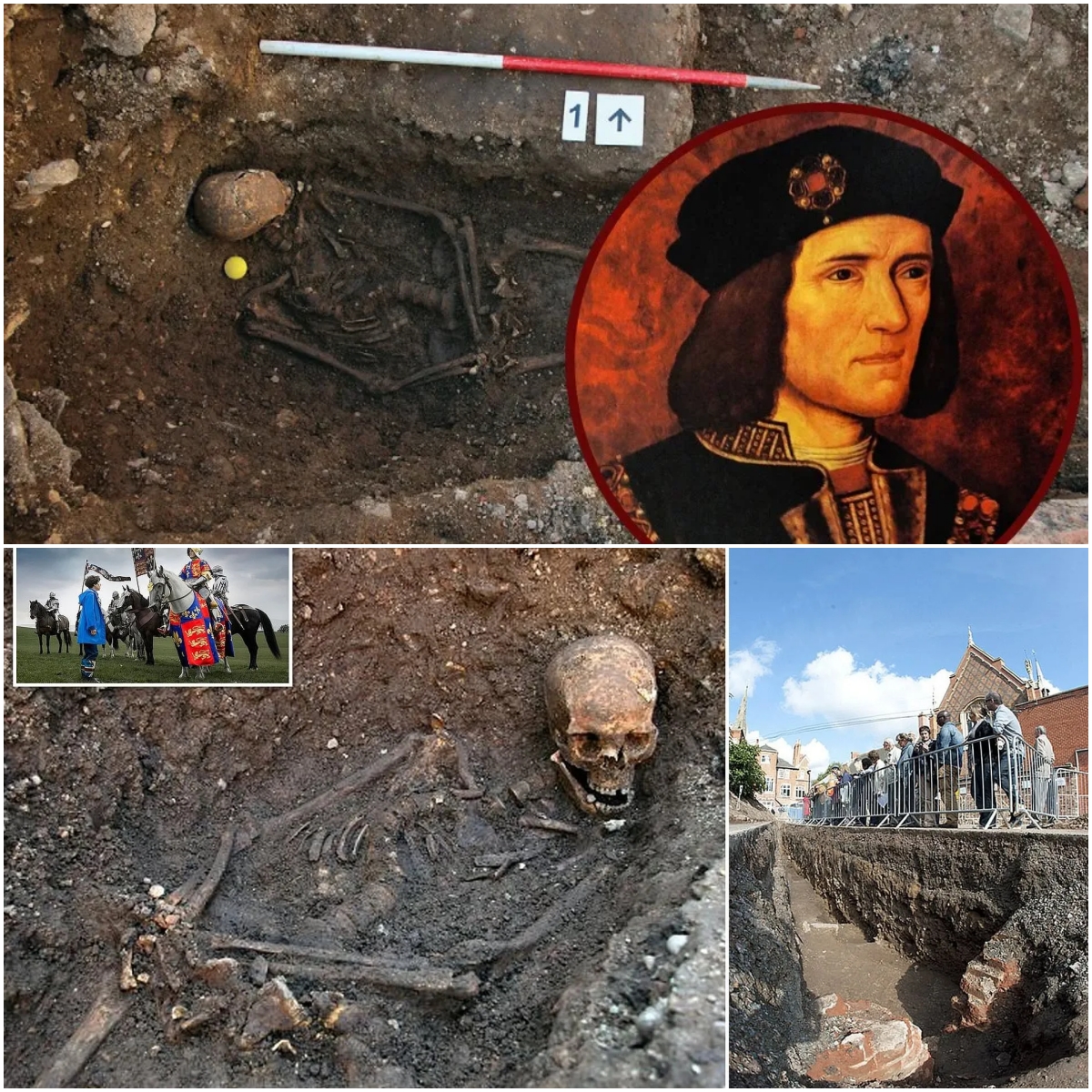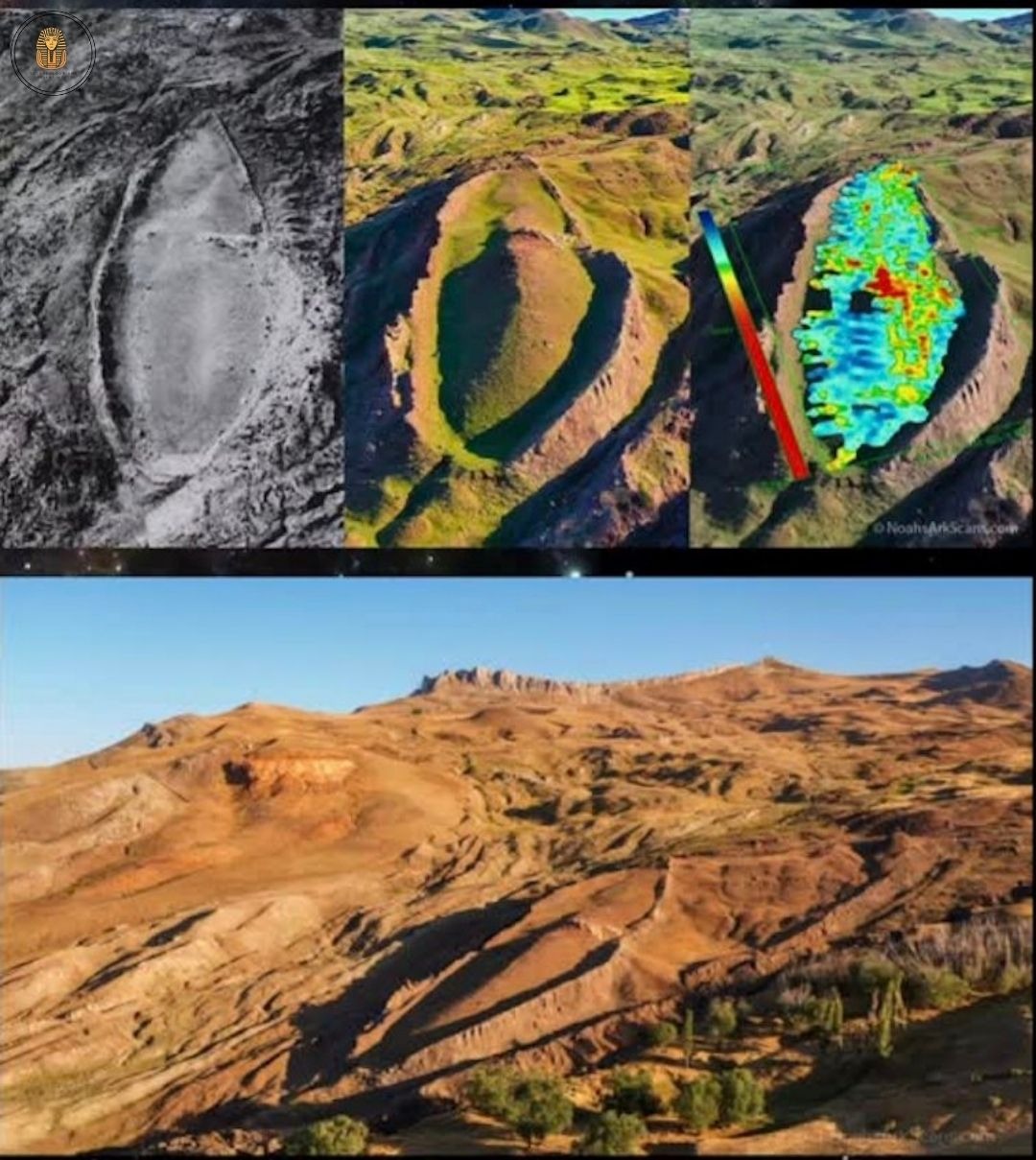Ramesses III’s Strike: 1159 BC’s Labor Revolt

Photo credit: 1. KHALED DESOUKI / AFP / Getty Images 2. Davidbena / Wikimedia Commons CC BY-SA 4.0 3. Canva
Worker strikes are a common way to pressure employers to pay fair wages with adequate benefits. When workers stop participating in work, everything comes to a standstill, putting pressure on those who own the means of production to improve working conditions and/or increase wages. .
The history of labor strikes dates back to the 12th century BC. C. in ancient Egypt, during the reign of the then pharaoh Ramses III, approximately around the year 1170 BC. C. According to the Global Nonviolent Action Base, a damaged and incomplete papyrus was found, which stated that the artisans and tomb workers tasked with building its necropolis repeatedly went on strike over scarce rations.
Although it is unclear why they did not receive their rations, there is some evidence that the food shortage was a result of corruption arising within the ruling class.
Ramses III

Relief of the goddess Isis embracing Ramses III, from the tomb of Prince Amun-her-Khepeshef. (Photo credit: Universal History Archive/Universal Images Group/Getty Images)
Ramses III inherited the title of pharaoh around 1186 BC. C. as the second pharaoh of the 20th Dynasty and asserted his power by protecting the territories of Egypt from the ruling powers of the region. Throughout his rule, temples and monuments were restored, probably to boost the morale of his people. He is considered the last great pharaoh of the New Kingdom, paying homage to Ramses II by remaining a great king and father to his followers.
Despite all he accomplished during the early stages of his rule as pharaoh, the kingdom lacked its former status as a supreme power. This was due, in part, to the economic turbulence that began during the reign of his predecessor, Setnakhte. In addition to these pressures, the kingdom suffered a reduction in trade and tribute, which decreased available resources.
Ramses III was assassinated during the Harem Plot, a coup d’état orchestrated by his second wife, Tiye, who hoped to install his son, Pentawer, on the throne. Although those involved managed to kill the reigning pharaoh, they were unable to accomplish the second part of their mission, when Ramesses IV, son of Ramesses III, gained control of the kingdom.
Invasion of the Sea Peoples

Ramses III defeats the Sea Peoples. (Photo credit: Universal History Archive/Universal Images Group/Getty Images)
Ramses III reigned over a relatively peaceful Egypt until an invasion by the “Sea People,” mercenaries and plunderers of the Mediterranean, depleted both the funds and the workers who would normally have worked the fields to produce much-needed resources. No one knows what nationality they were or whether there were several of them represented, and experts continue to debate the suggestion that they could have originated in western Anatolia, the Aegean, the Mediterranean islands and southern Europe.
According to the Encyclopedia of World History the Sea Peoples were having difficulty reaching land during the attack, as Ramses III had ordered his generals to establish fortresses along the borders, while also deploying warships. One of their tactics was to hide archers along the shores near the mouth of the Nile to prevent boats from even entering the river.
Their tactics were recorded as highly successful on the sea front, but nothing was mentioned in the inscriptions about the land battle, probably due to the high number of casualties that were not officially recorded.
Peace times plagued by corruption

Ramses III celebrates his victory over the Sea Peoples. (Photo credit: DeAgostini/Getty Images)
The next few years passed peacefully in the New Kingdom, allowing Ramses III to begin work on many temples. He and his entourage also made a grand tour of Egypt, which further emptied the coffers, and he ordered expeditions to nearby foreign lands to establish trade relations. and military conquests, which were successful. Although these conquests should have been more than enough to replenish the treasury, they were still not enough.
There are several factors that could explain what happened, but scholars offer theories that include core problems, including a large loss of manpower to the war, high expenses incurred in fighting the Sea Peoples, corrupt officials who misappropriated resources and a tough harvest due to unfavorable weather conditions. Climatic conditions.
In any case, these problems contributed to aggravating the shortage of resources, putting workers in a difficult situation that forced them to resort to strike. The strike ended up lasting years.
Great celebrations in bad times

Relief with music in the tomb of Kheruef. (Photo credit: Werner Forman/Universal Images Group/Getty Images)
Meanwhile, Ramses III decided that there would be a grand celebration in honor of the 30th year of his reign. He and his advisors had no idea how to deal with hungry workers, since this kind of thing had never happened before. At one point, officials gave cakes to the workers, and although they ate them and enjoyed drinks during the celebrations, they resumed their strike the next day, and it continued for months.
Because Deir el-Medina workers were among the highest paid in the country, their poor treatment represented instability for those who were worse off. Finally, as a last resort, officials were able to pay them on time, but their salaries were low. The relationship was never the same, as they saw to Maat –the concept of harmony– as the responsibility of his king and father.
This was, however, the beginning of the decline of the pharaoh’s power and the blind devotion of his subjects. It was also the beginning of a conflict resolution instigated by the workers that made them assume the responsibilities of the king.






